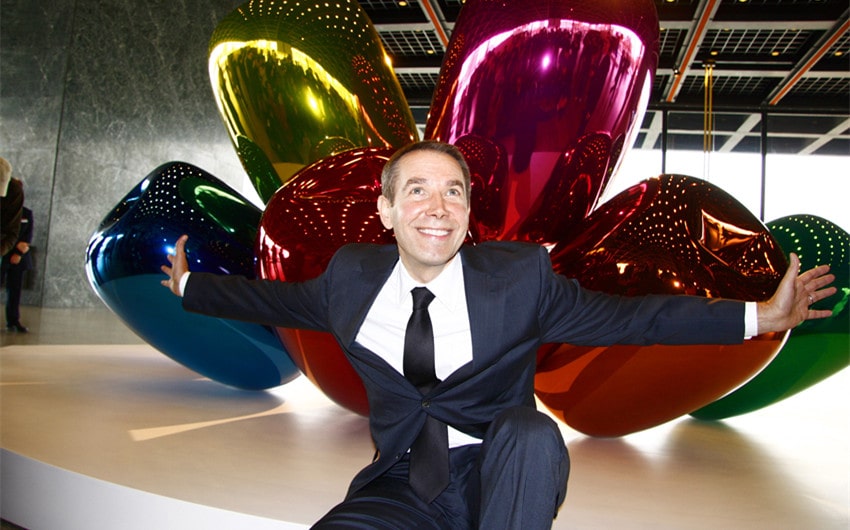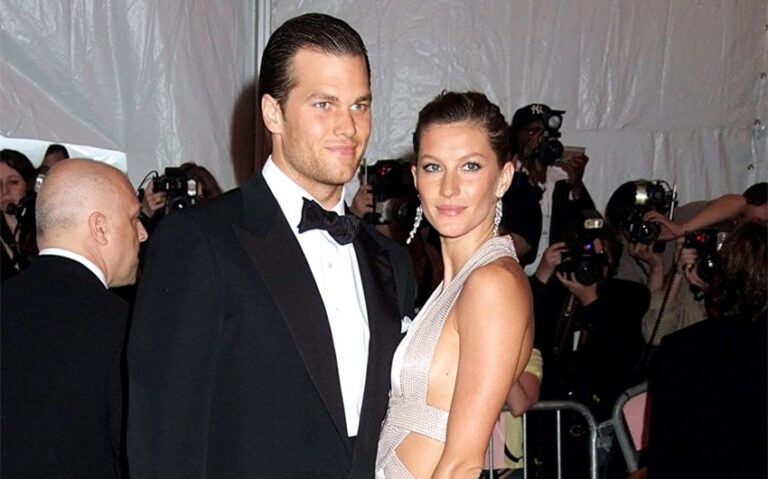Artist Jeff Koons’ Net Worth: How Art’s Provocateur Turned Vision into Millions
When you start digging into artist Jeff Koons’ net worth, you’re not just chasing numbers—you’re stepping into one of the most bizarre, glittering, and polarizing careers in modern art. His sculptures sell for tens of millions. His name is plastered across auction headlines, luxury collaborations, and courtroom transcripts. And whether you love him or loathe him, you can’t deny one thing: Jeff Koons has turned shiny balloon dogs and cultural kitsch into a staggering fortune. If you want to know how, you need to understand that he didn’t just make art—he made a brand.
Who Is Jeff Koons and Why Does He Matter?
You can’t talk about contemporary art without mentioning Jeff Koons. Born in York, Pennsylvania in 1955, Koons started out working in museum memberships and stockbroking before bursting into the art world in the early 1980s. He’s best known for creating large-scale, high-gloss sculptures that reimagine everyday objects—balloon animals, inflatable toys, porcelain figurines—with a luxury twist. His works are made from stainless steel, mirror-finished surfaces, and vivid colors that practically dare you to look away.
But Koons isn’t just a sculptor. He’s a provocateur. He makes you question whether kitsch can be high art, whether spectacle cheapens meaning, and whether value in art lies in originality—or in audacity. His fans call him a genius. His critics call him a marketing master. Either way, his influence—and his bank account—are undeniable.
From Humble Start to Art World Titan
Koons didn’t arrive in the art world with gallery connections or a trust fund. After studying at the Maryland Institute College of Art and the School of the Art Institute of Chicago, he moved to New York and worked a day job on Wall Street to support his art-making. That business background would later serve him well, especially once he began building one of the most commercialized empires the art world had ever seen.
His early work—like the Inflatable Flowers series—was playful and ironic, but it wasn’t until his 1988 Banality series that he really exploded into public consciousness. These pieces, which included a porcelain sculpture of Michael Jackson and Bubbles the chimpanzee, were deliberately outrageous, almost taunting viewers to question their taste.
Then came Made in Heaven, a sexually explicit series featuring Koons and his then-wife, Italian porn star Ilona Staller (aka Cicciolina). The series ignited outrage and fascination in equal measure—but it also cemented Koons’ reputation as someone who understood that art value often lives in controversy. And controversy, as it turns out, can pay extremely well.
The Big Ticket Sales: Art That Breaks Records
If you’re wondering where artist Jeff Koons’ net worth really began to take off, look no further than the auction block. His pieces don’t just sell—they shatter records. In 2013, his sculpture Balloon Dog (Orange) sold at Christie’s for a jaw-dropping $58.4 million, becoming the most expensive artwork ever sold by a living artist at the time.
But that wasn’t the end of it. In 2019, his stainless steel sculpture Rabbit sold for $91.1 million at another Christie’s auction, reclaiming his record after briefly losing it to David Hockney. That sale didn’t just represent a massive payout—it signaled to collectors and investors that Koons wasn’t a fad. He was a market force.
What makes his work command such astronomical prices? It’s partly scale, partly polish, but mostly reputation. You’re not just buying a sculpture—you’re buying a Koons. And with that comes global recognition, prestige, and bragging rights in elite circles. For collectors, owning a Koons is like owning a Lamborghini made out of irony.
Commercial Collaborations and Licensing Deals
Jeff Koons isn’t afraid to mix high art with pop culture—and that’s exactly why brands love working with him. His commercial collaborations have helped boost both his visibility and his wealth. One of his most famous partnerships was with Louis Vuitton, where he designed a line of handbags printed with classical artworks like the Mona Lisa and Venus de Milo, all stamped with “Jeff Koons” in metallic lettering.
He’s also teamed up with BMW to design a custom art car, and even dabbled in tech with a series of augmented reality Snapchat filters. These projects not only expand his reach—they generate serious licensing fees. And in today’s art economy, licensing is where long-term value lies.
You’re living in a time when artists can—and should—act like entrepreneurs. Koons understood that before most of his peers. By putting his name and aesthetic into the commercial mainstream, he created a revenue stream that goes beyond gallery sales. When Koons merges art with product, it doesn’t cheapen the work—it multiplies the dollars.
Studio Empire and Production Scale
If you’ve ever seen one of Koons’ enormous, mirror-polished sculptures and wondered how one person could possibly make something that large and perfect, the answer is simple: he doesn’t work alone. Koons runs a massive studio operation in New York, where dozens of fabricators, engineers, and artisans help bring his visions to life.
This production model isn’t uncommon in contemporary art—think Damien Hirst or Takashi Murakami—but Koons perfected it. His studio functions more like a factory, with each piece going through rigorous planning, prototyping, and execution. He oversees every step but rarely touches the materials himself. Instead, he operates like a creative director or CEO.
The cost of making a Koons piece is enormous, often running into the millions due to materials and labor. But the return on investment is just as high. By scaling up production while maintaining strict control over branding and output, Koons ensures that each new release enters a market already hungry for his work.
Controversies, Lawsuits, and Their Financial Impact
Of course, being Jeff Koons means dealing with more than just acclaim. He’s been embroiled in numerous legal battles over copyright infringement, with artists accusing him of copying photographs or existing works without proper credit. Some of these cases have resulted in settlements or rulings against him, while others have been dismissed.
But here’s the thing: none of these lawsuits have significantly hurt his bottom line. If anything, they’ve amplified his myth. In the art world, controversy often acts as fuel. It keeps people talking, keeps collectors bidding, and—ironically—drives up value. Koons may pay a legal fee here and there, but the long-term effect on his net worth has been minimal.
In fact, by pushing the boundaries of what counts as “original,” he’s challenged how you even define ownership in a postmodern art economy. And when someone turns debate into profit, you know they’re playing the game on a whole different level.
So, What Is Jeff Koons’ Net Worth Today?
Estimates of Jeff Koons’ net worth vary, but most reliable sources place it between $200 million and $300 million. That puts him in the upper tier of global artists—not just among living creators, but in the history of modern art.
This figure includes proceeds from art sales, brand partnerships, licensing deals, and studio equity. It also reflects decades of market dominance, consistent collector demand, and Koons’ unique ability to stay in the spotlight. Whether he’s unveiling a new piece at Versailles or showing up at Art Basel, Koons remains not just relevant, but central to contemporary visual culture.
And remember, his fortune isn’t just about money—it’s about leverage. Koons can command solo exhibitions at major museums, influence auction trends, and shape cultural discourse. In that sense, his net worth goes far beyond his bank account. It’s embedded in influence, in institutions, and in how you perceive value itself.







